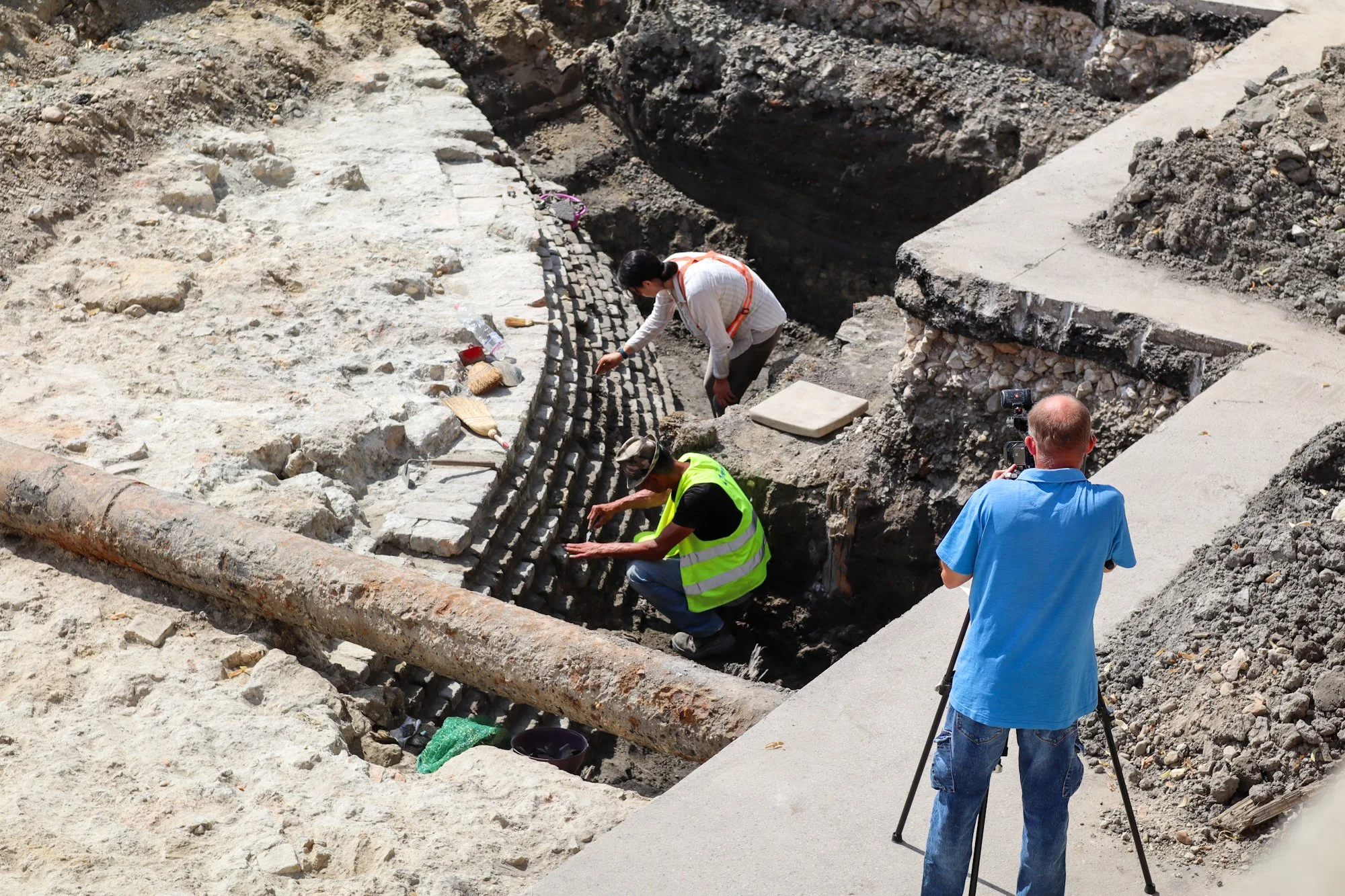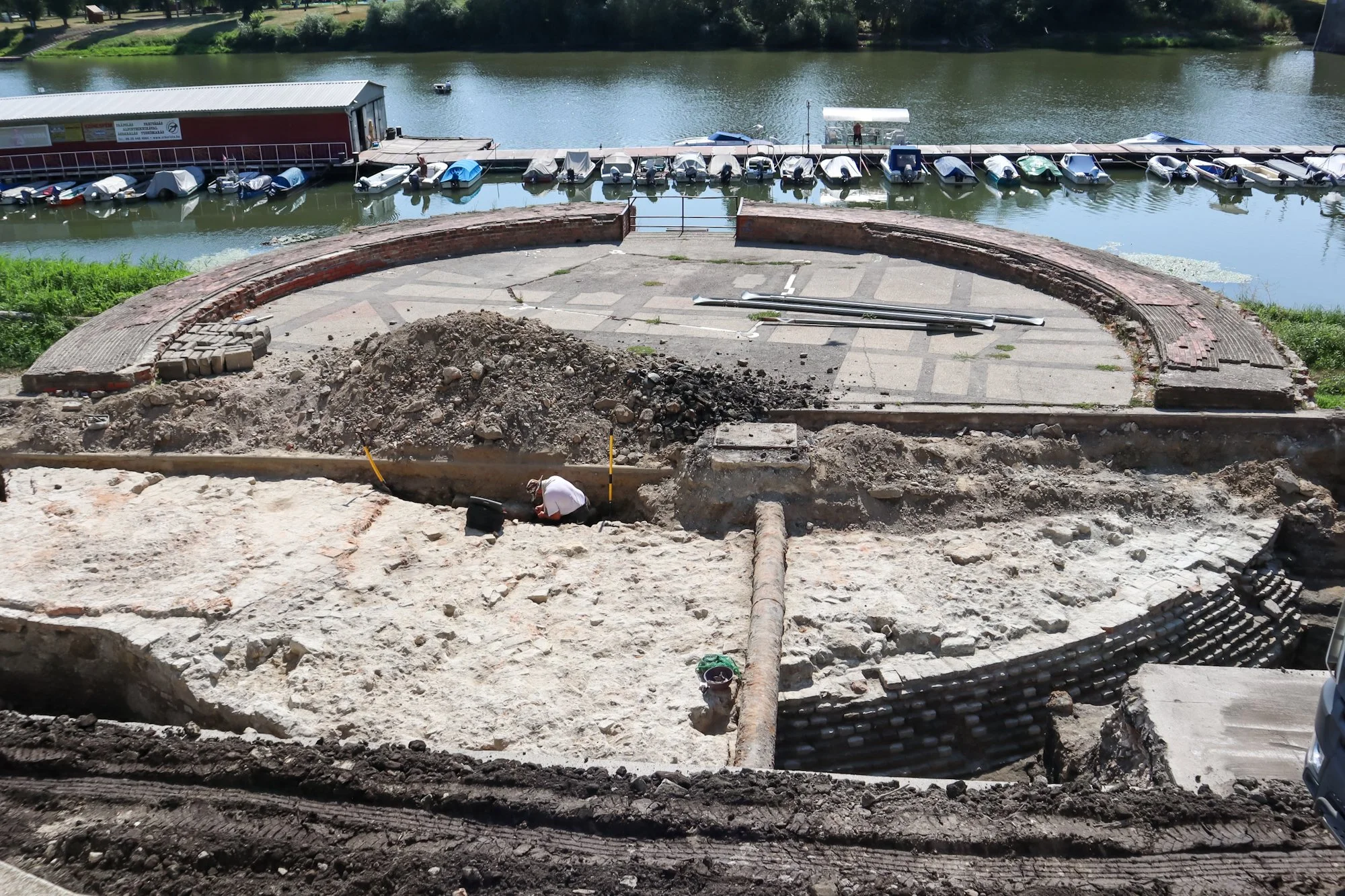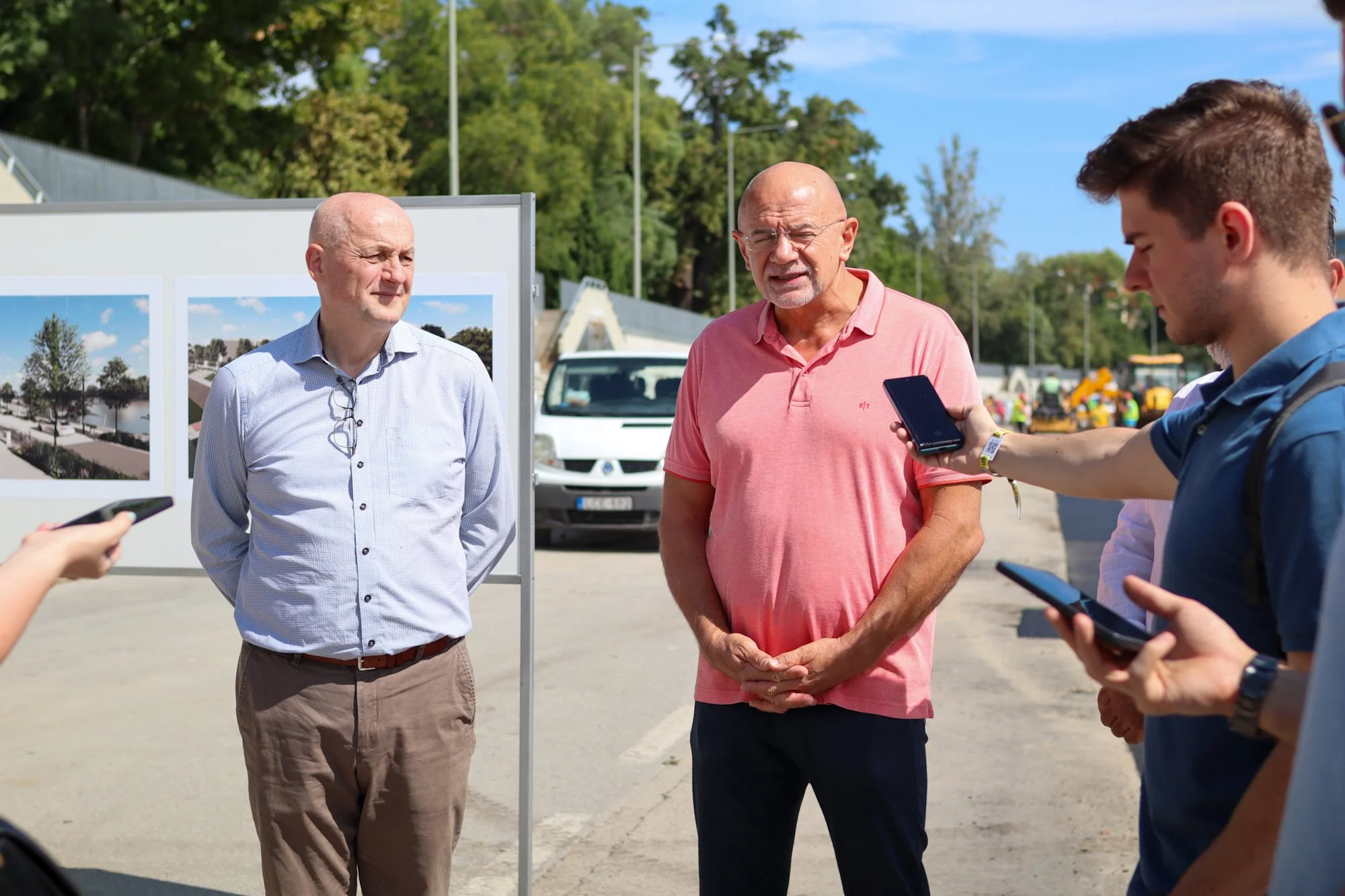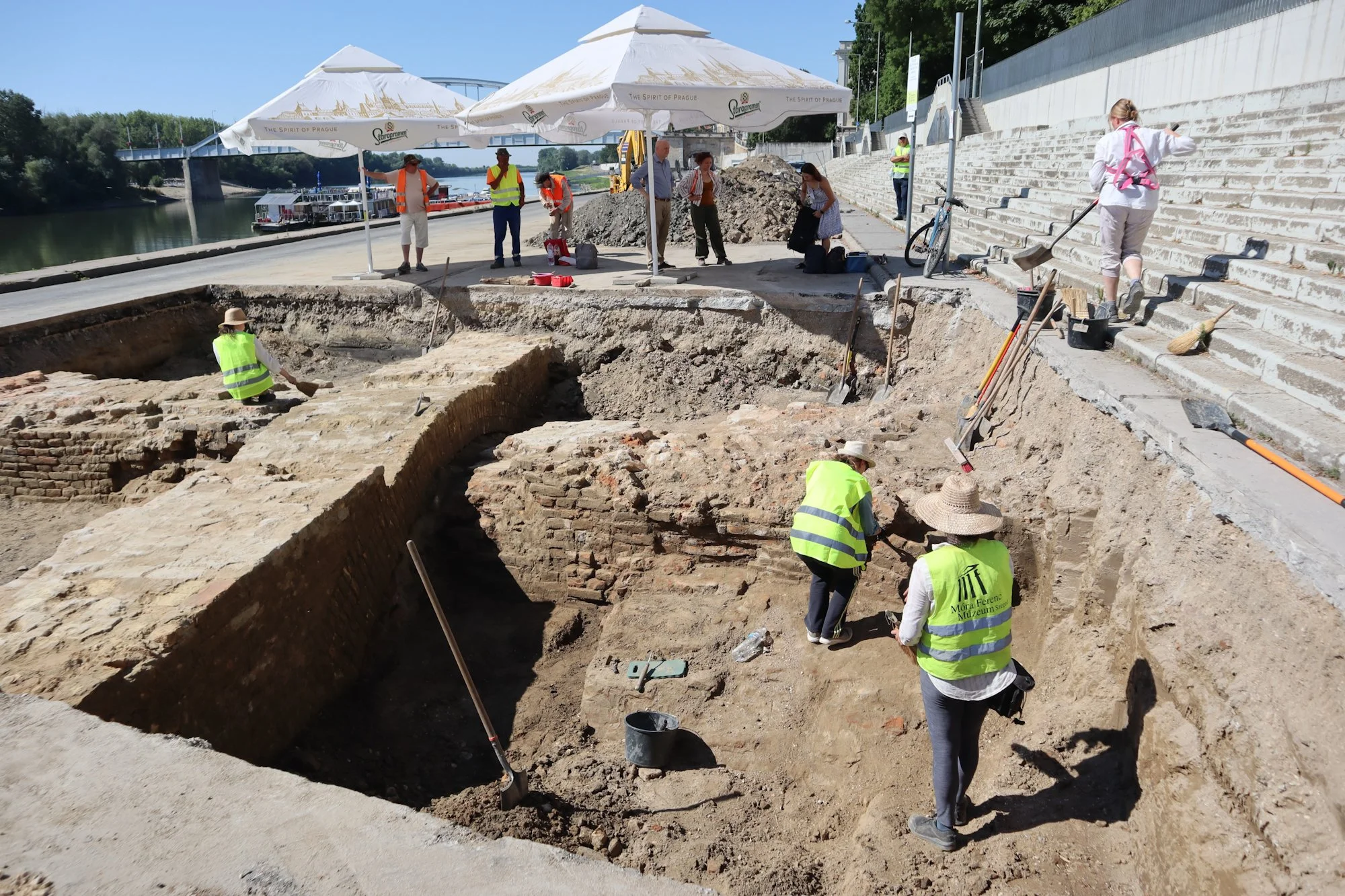Szeged archaeologists uncover full structure of 16th-century rondella at former castle site
Archaeologists in Szeged have uncovered the complete structure of a 16th-century round bastion, or rondella, at the site of the city’s former castle, revealing architectural features unseen for centuries and offering new insight into the region’s medieval defenses.
The discovery, part of an ongoing excavation along the Huszár Mátyás Quay, revealed the previously hidden half of the circular bastion, which had long been obscured beneath the surface. With both halves now visible, the full arc of the structure can be seen for the first time.
“We never thought we’d see this in our lifetime,” said Csilla Molnár, lead archaeologist on the project, at a press briefing on Tuesday, July 22. “This is a key chapter in understanding the history of Szeged’s fortifications.”
Archaeologists also uncovered where the southern and eastern castle walls once connected to the bastion, including previously undocumented segments of the eastern wall. Based on how the structures join, experts now believe the rondella and the eastern wall were constructed at the same time — contradicting earlier theories that the wall may have been added in a later phase.
Molnár said debris found near the site supports a 1692 report describing part of the eastern wall collapsing “with a great crash into the Tisza River.” The physical evidence, she noted, lends credibility to what had long been a contested historical account.
The structure’s vertical wall, archaeologists found, flares outward at the base before narrowing again — a design likely intended to reinforce stability. The excavation team is collecting detailed measurements to assist with potential reconstruction plans.
Artifacts recovered at the site include fragments of medieval pottery, floor tiles, and 19th-century clay pipes. Molnár expressed hope that additional finds could help pinpoint the exact date of the structure’s construction.
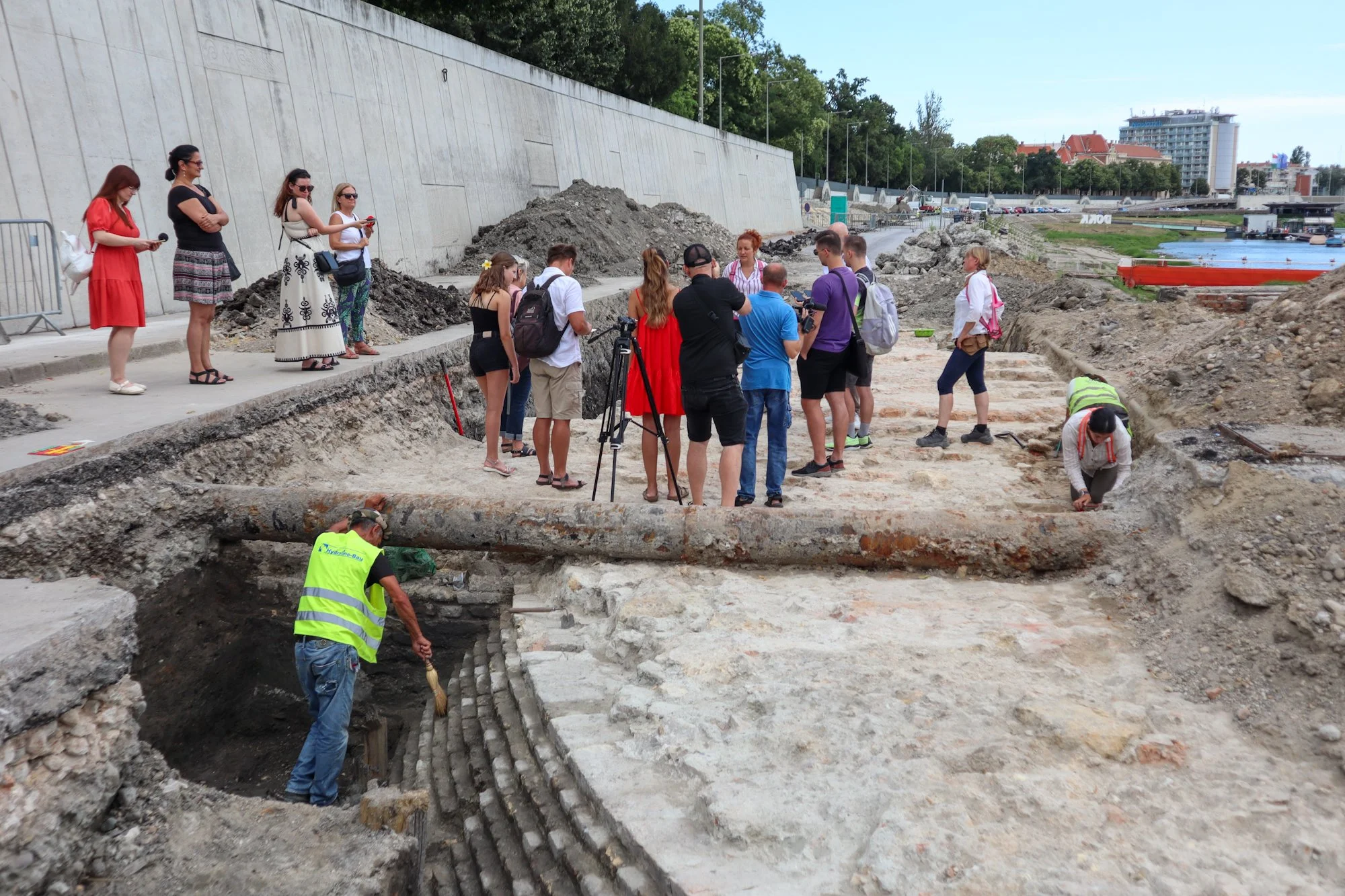
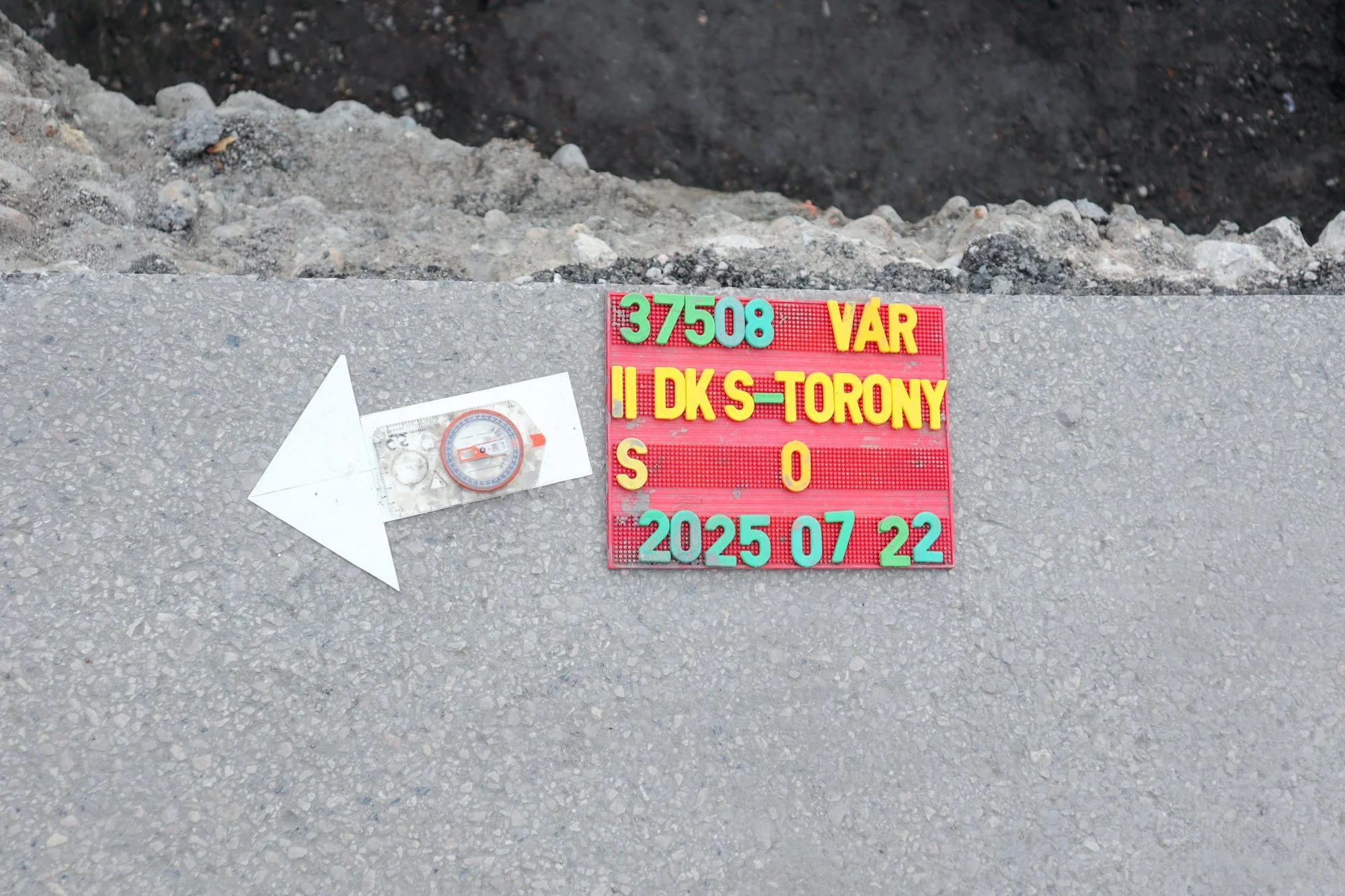
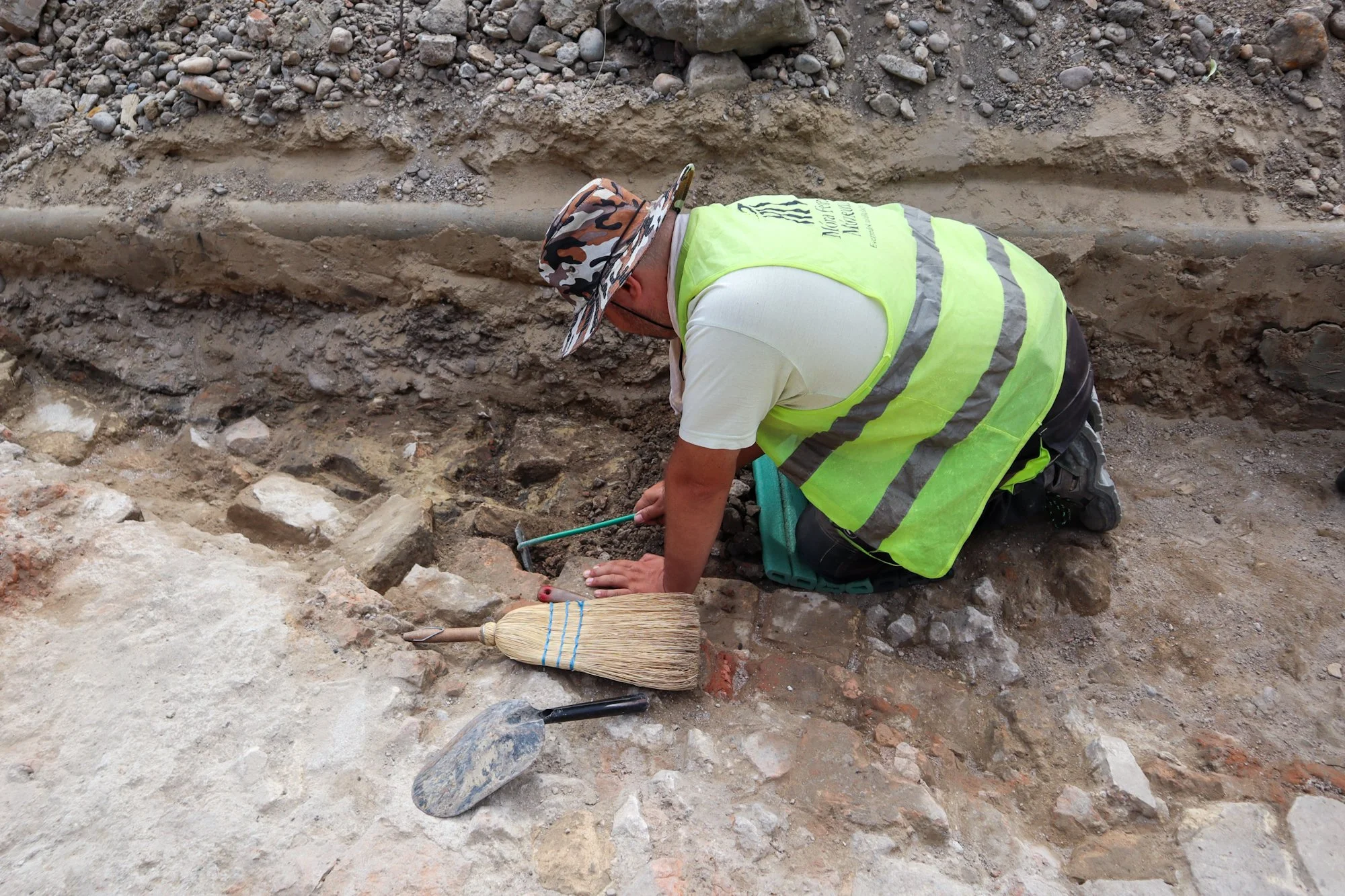
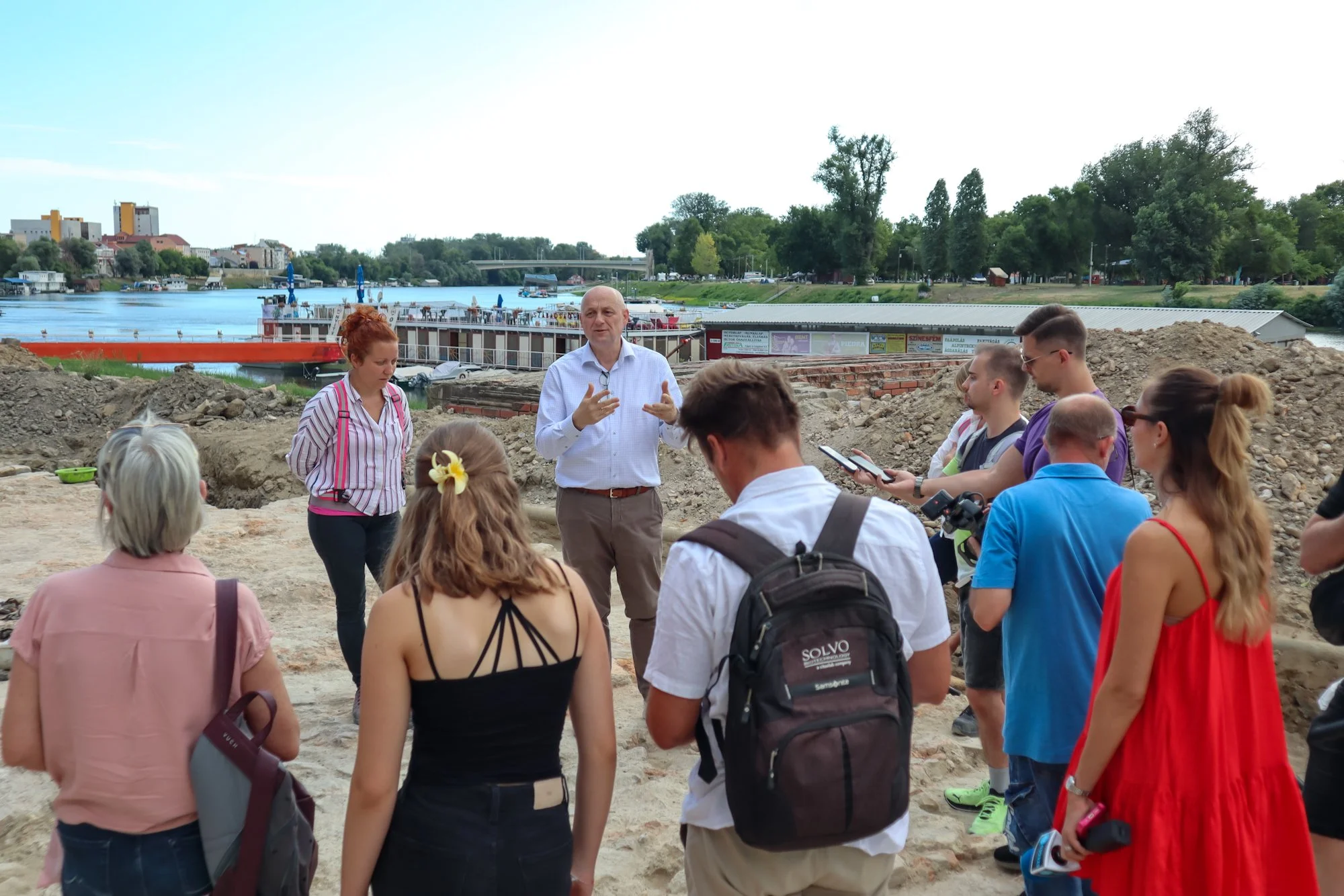
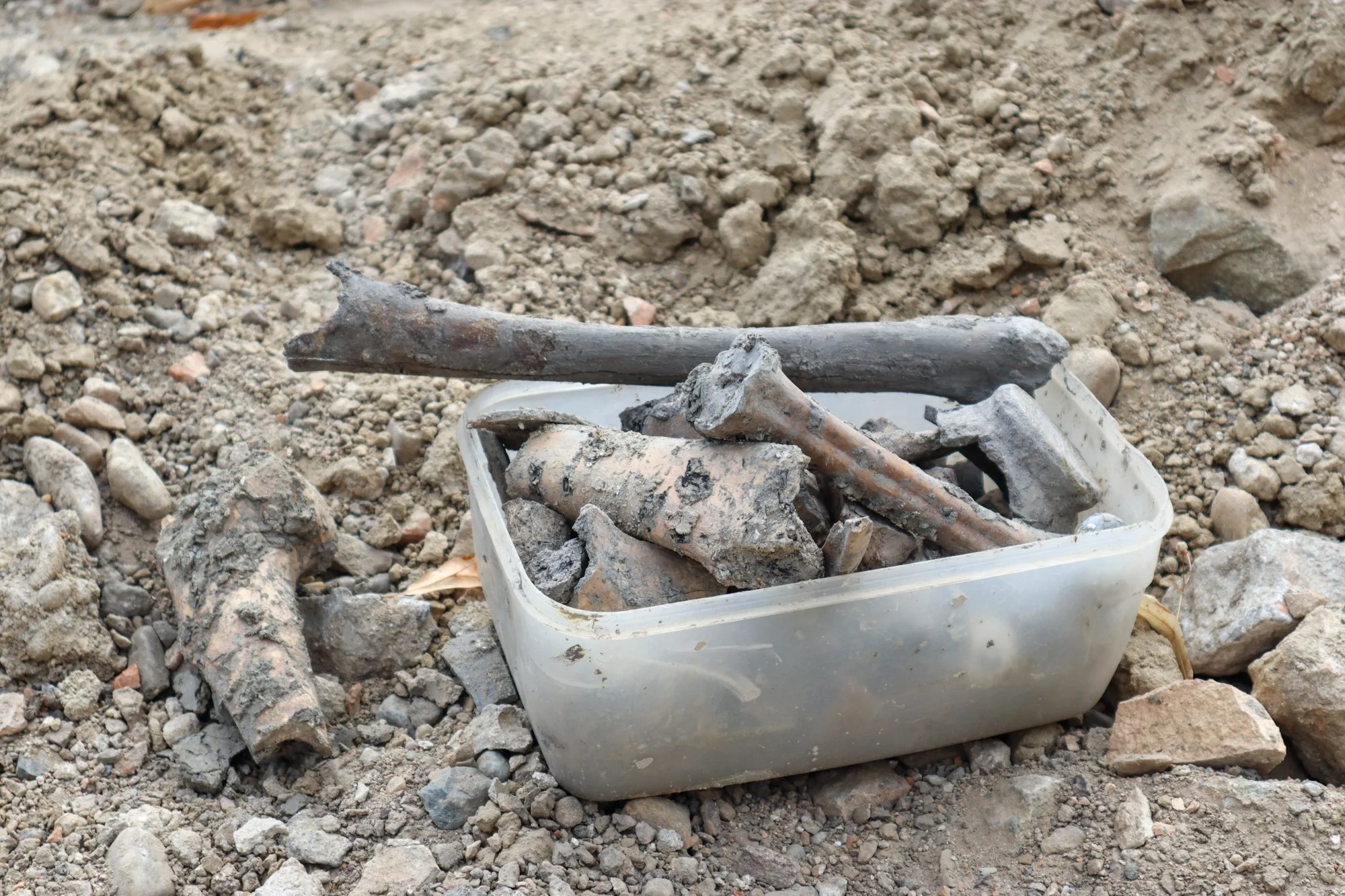
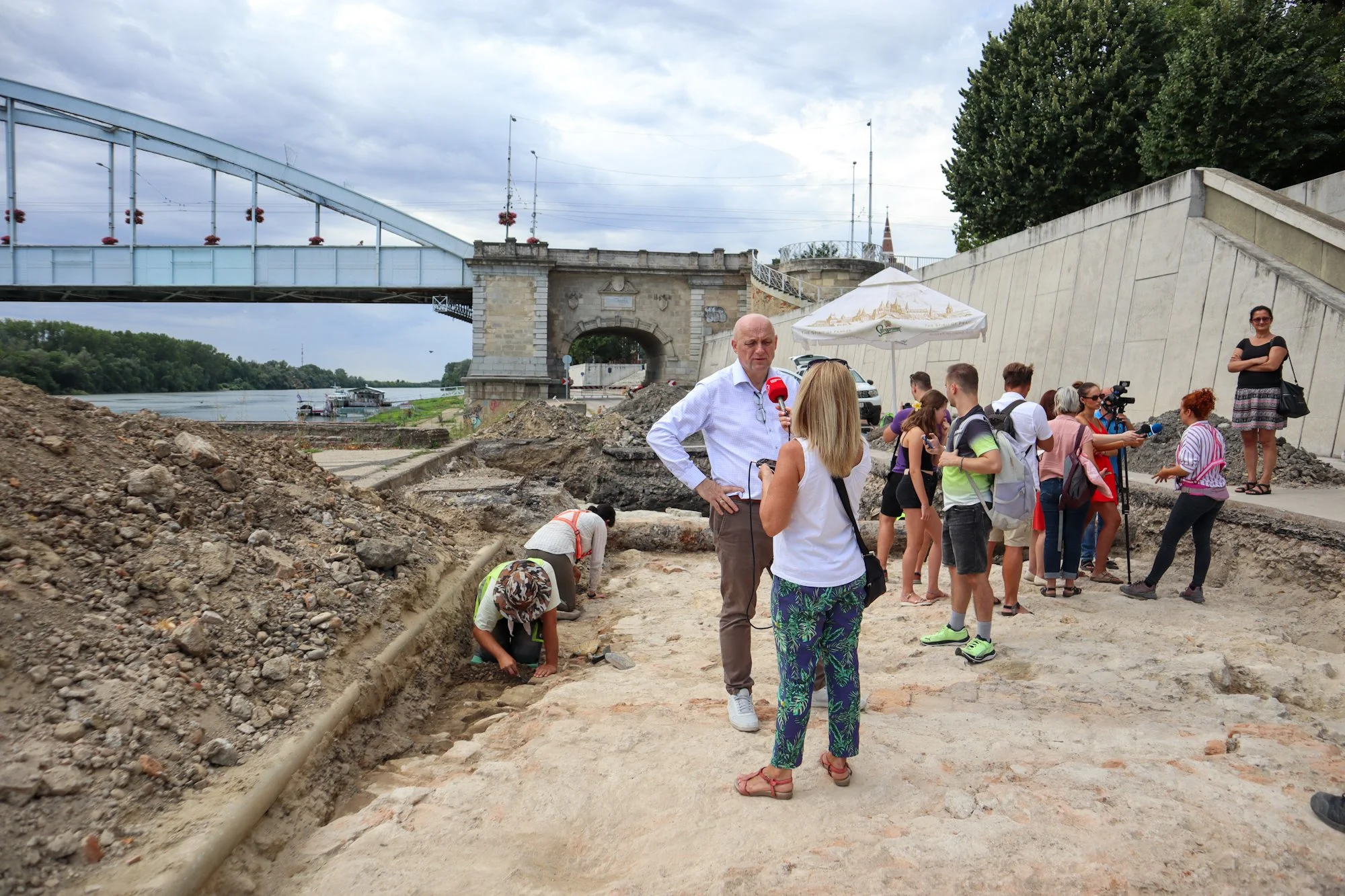
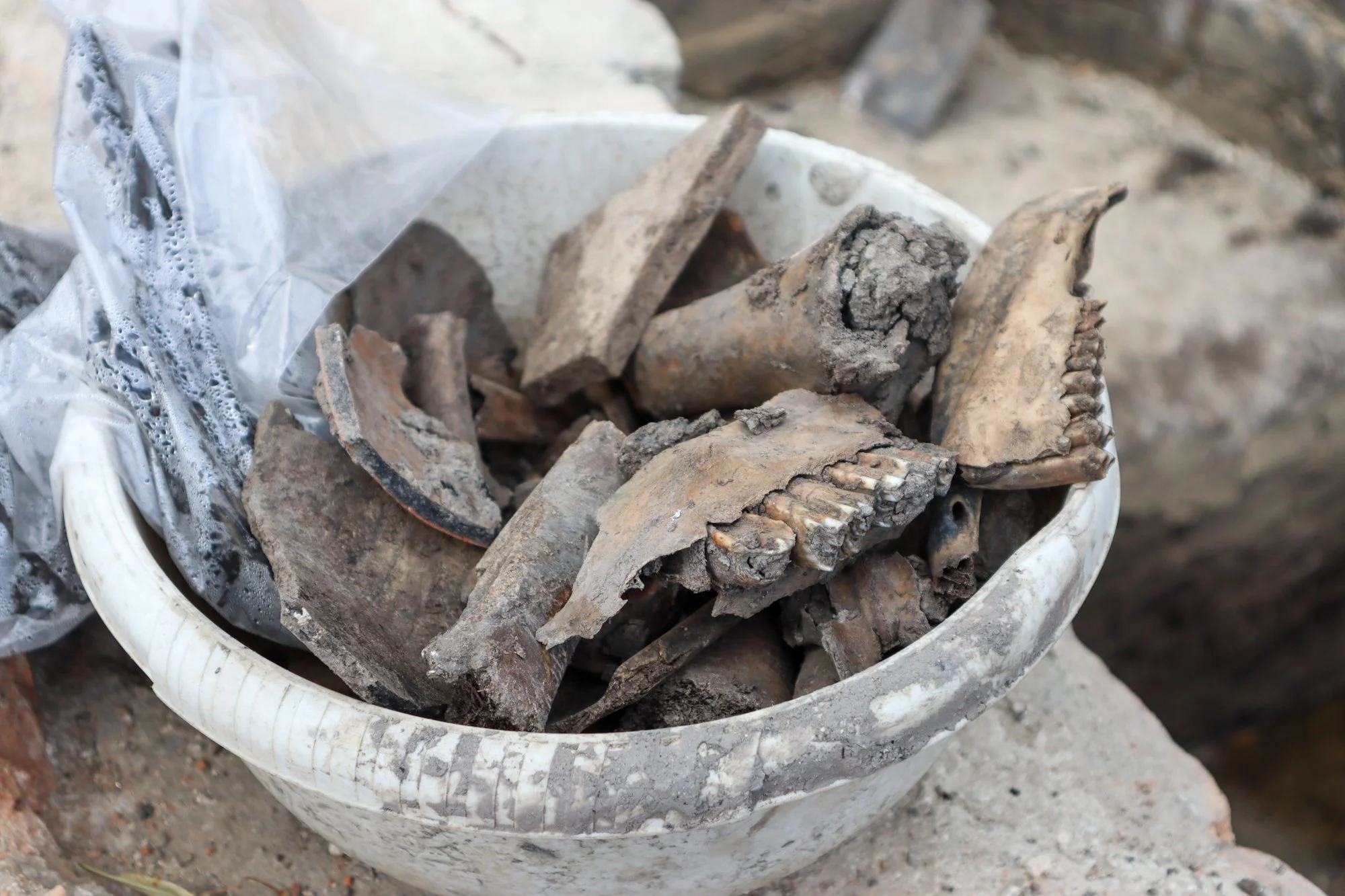
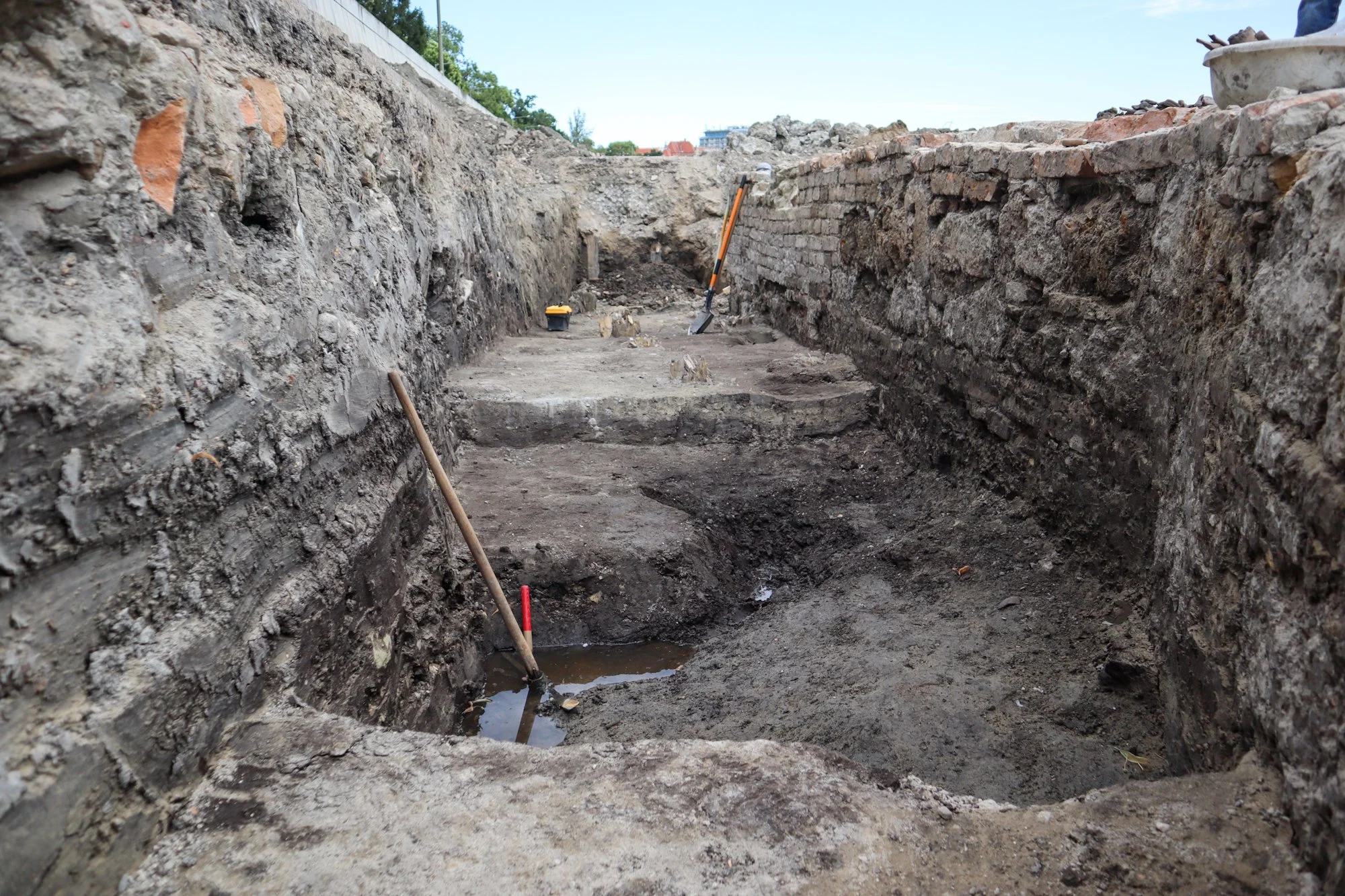
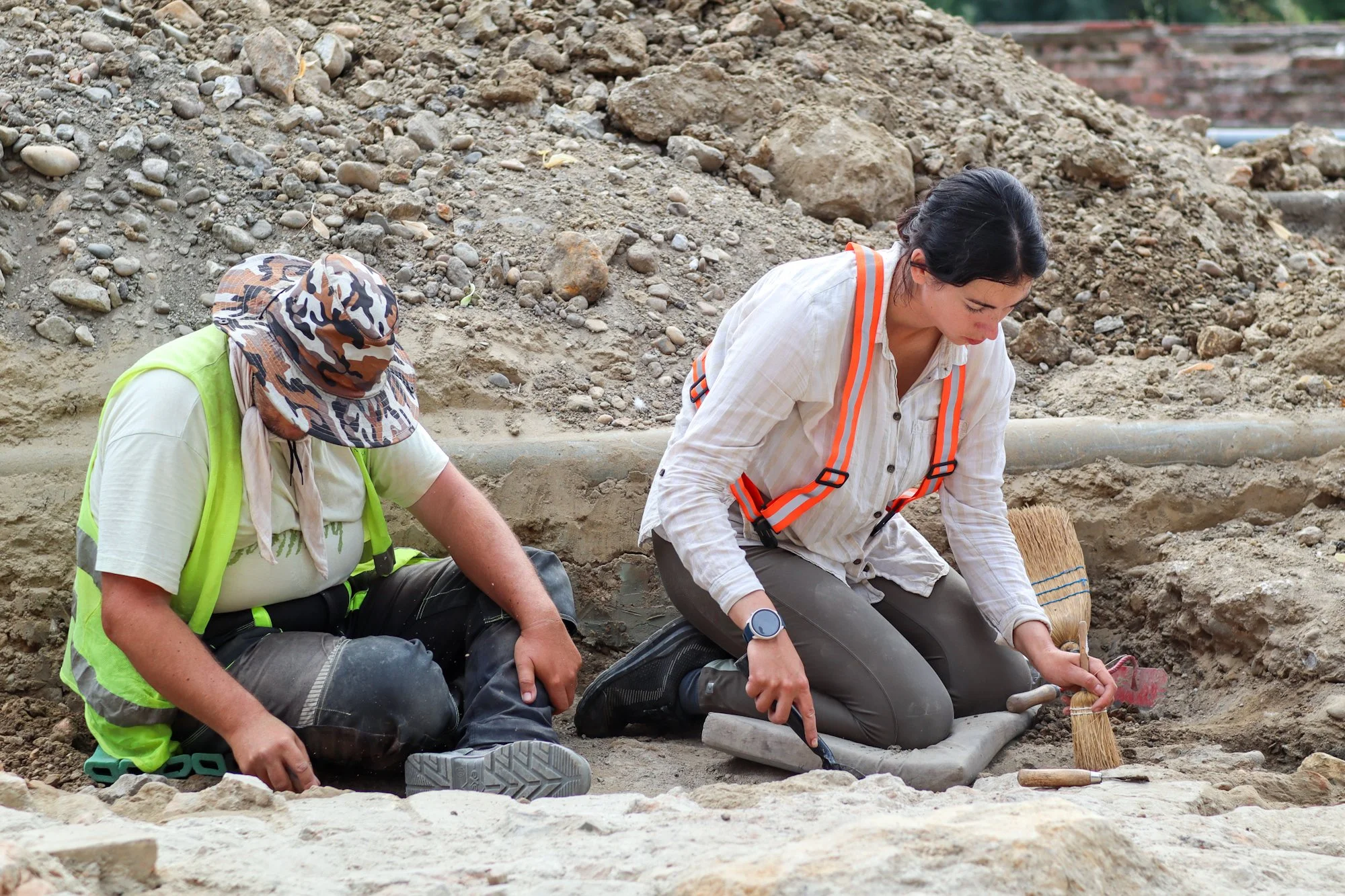
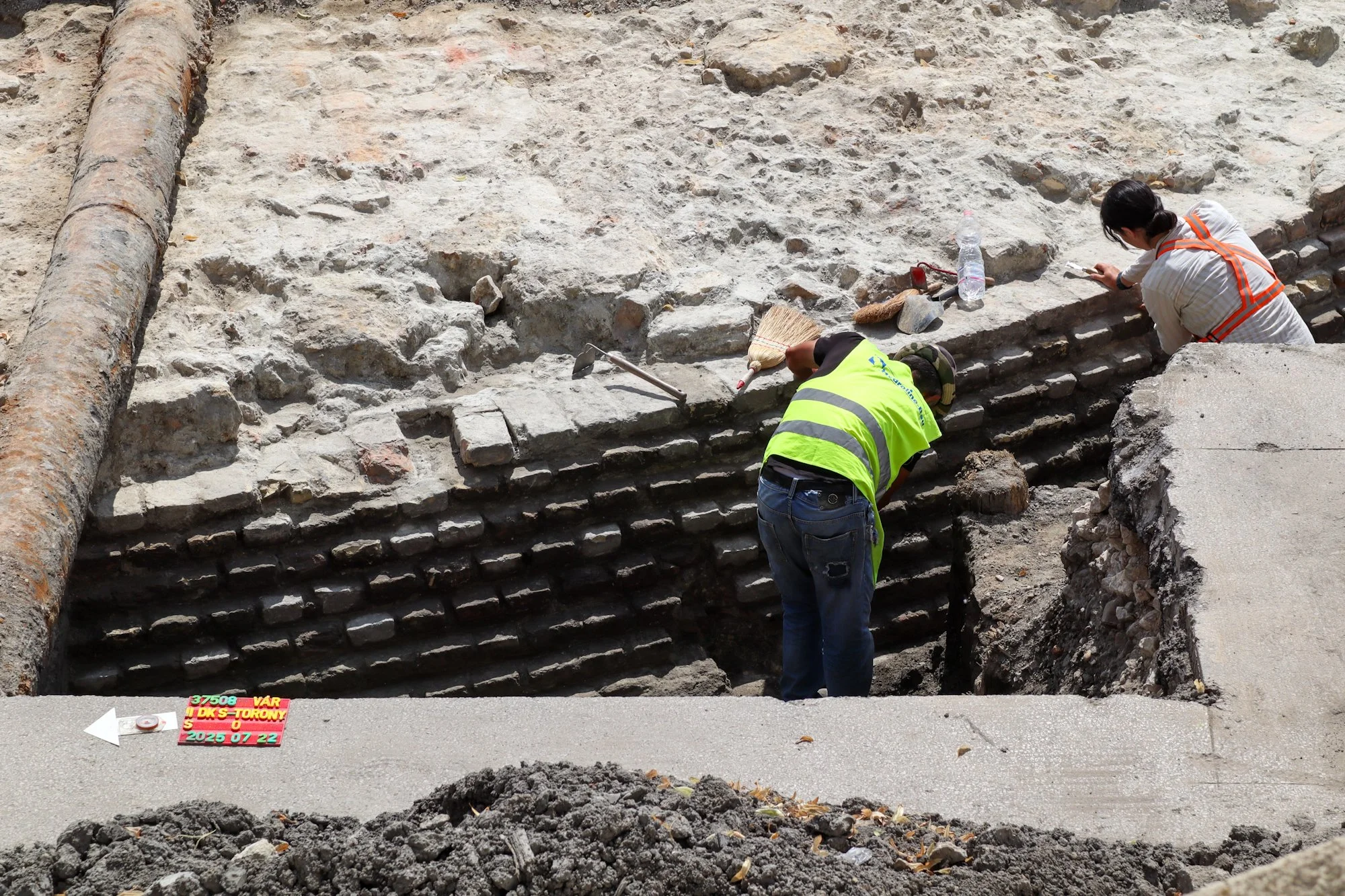
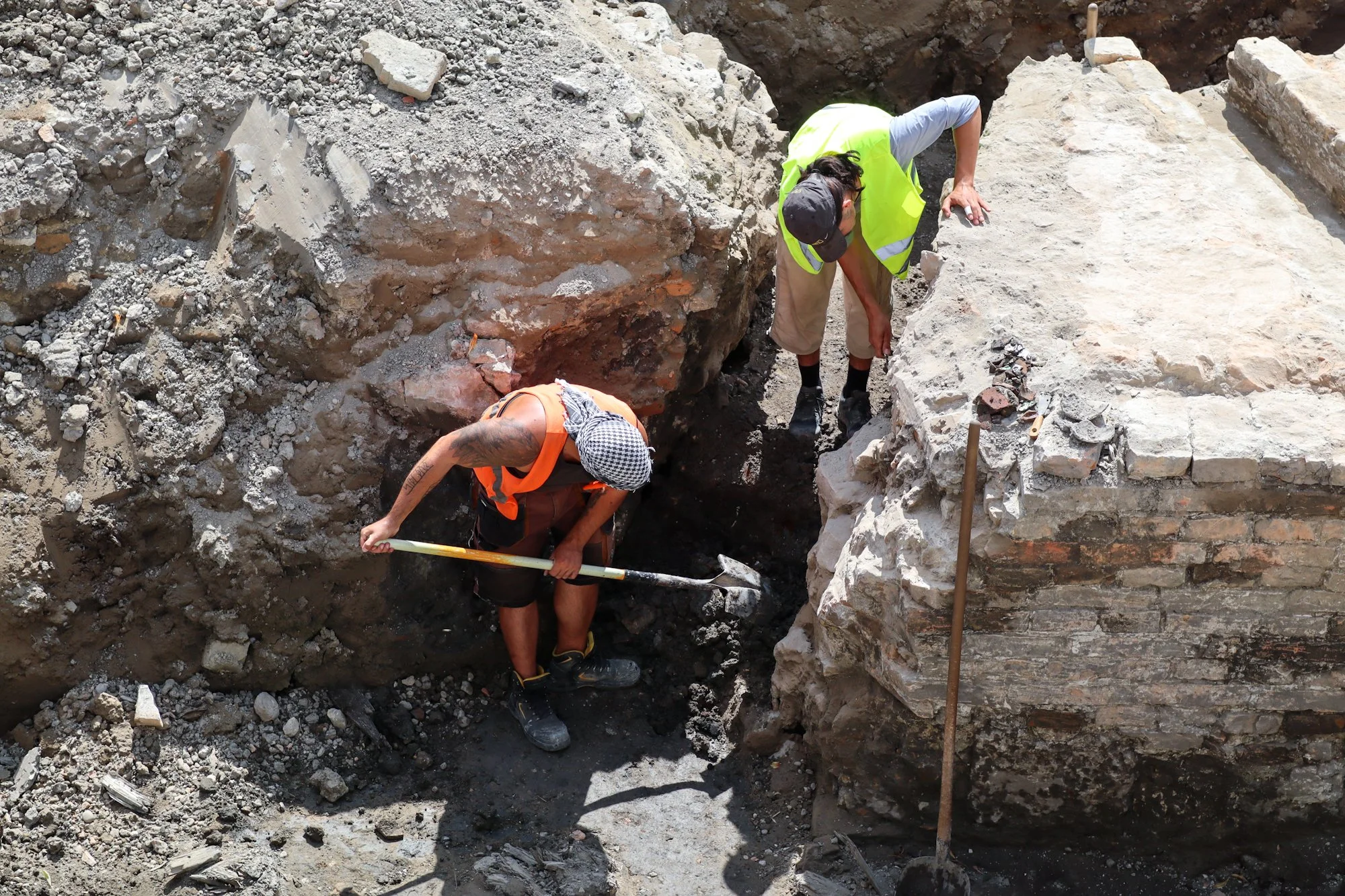
The excavation is part of a broader urban renewal project along the Tisza riverfront aimed at increasing green space and reducing the urban heat island effect. The city advanced archaeological and infrastructure work to minimize disruption along the busy embankment, which serves both as a traffic corridor and parking area.
Utility upgrades are underway along a 330-meter stretch between the Downtown Bridge (Belvárosi híd) and the Belvedere Palace. According to Deputy Mayor for Urban Development Sándor Nagy, the city allocated 150 million forints (about $400,000) from its budget to fund this year’s work.
Named after 19th-century hydraulic engineer and cartographer Mátyás Huszár, the quay has become a focal point for both infrastructure improvement and historical preservation. Excavation work is scheduled to continue through August 19.
Entrance to the excavation area is strictly prohibited.
Photos: Szilvia Molnar / Szegedify
